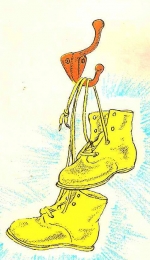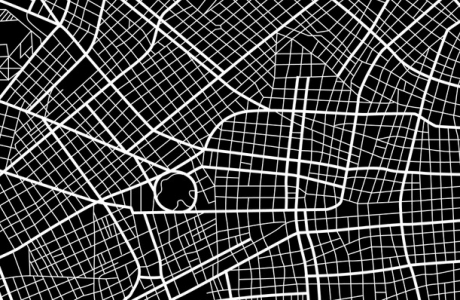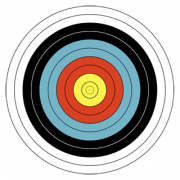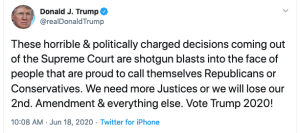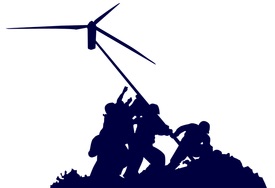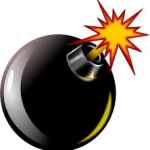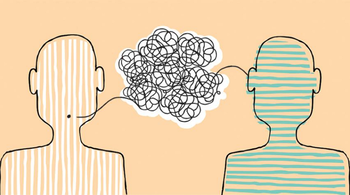When facing a discussion that may feel intimidating or adversarial (for me, this is typically an interventional phone call for a fragile or otherwise off-track project), “intimidating” can stand, but “adversarial” must be recast.
Feeling intimidated, or what Mallory Pickett calls feeling the fear, can be an excellent exercise in humility. The Antidote persuasively argues that getting comfortable with this kind of discomfort is an important and worthwhile skill. It doesn’t mean ignoring discomfort, though—quite the contrary—it means allowing discomfort to exist, allowing conversations to feel and be challenging, allowing uncomfortable silences to happen, and, ideally, allowing all points of view to emerge.
But while it’s okay to be intimidated by the prospect of a difficult conversation, it’s not productive to sustain an inner dialogue and accompanying imagery that casts the conversation as a battle in which a winner will emerge victorious after vanquishing a loser. I know when I rehearse a difficult conversation, I sometimes slip into attack-and-defense mode—but when I want to win and not lose, I’m focused not on the project but on my (single, limited) point of view.
Instead of viewing conflict as adversarial, it’s helpful to occupy the position of a science journalist who works not to win a point but to gain as much information as possible. Making information the goal takes the onus off conversational combat and helps to unify different views by refocusing them on the project.
Because gaining information is the goal, the best preparation for difficult conversations is, ultimately, preparation. This might take the form of role playing a difficult conversation, or it may take the form of research that provides insight and context for the client’s point of view, or it might take the form of breathing exercises that can provide comfort in the midst of discomfort. Science journalists take on the work of confrontational reporting because they want to fully answer a sometimes slippery question. Their techniques apply to anyone who has to talk it out.


